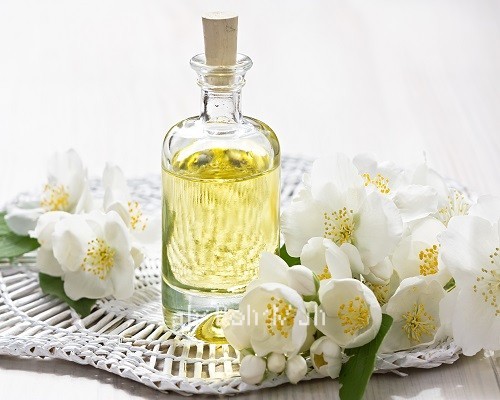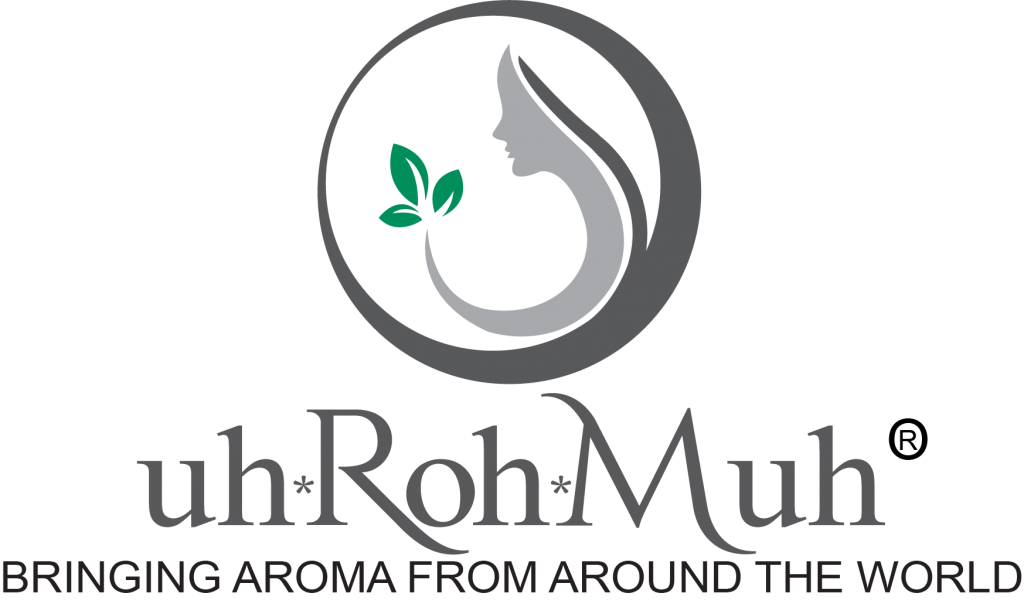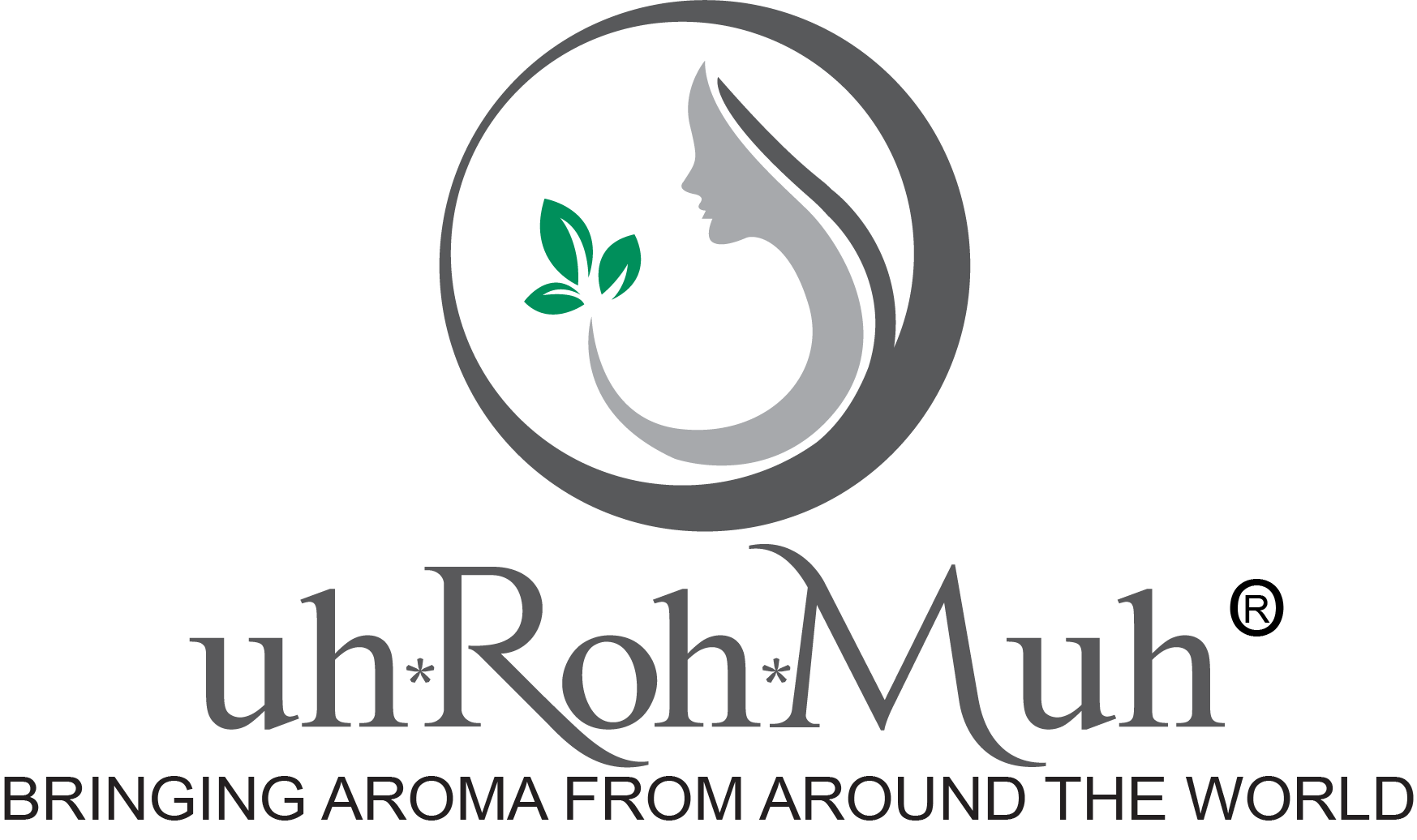
What is the difference between Jasmine sambac and Jasmine grandiflorum?
By: Kathy Sadowski, MS in Aromatherapy, Registered Aromatherapist, LMT, Professional AIA and NAHA Member
What is the difference between Jasmine sambac and Jasmine grandiflorum?
Jasmine is an evergreen climbing shrub with white star-shaped aromatic flowers. The flowers are fragrantly delightful!
Over 40 species of jasmine exist, and three are used to make aromatic absolutes (1). The two most commonly used include Jasminum grandiforum, and J. sambac. Oil can be very pricey because it takes a very large quantity of fresh flowers to produce jasmine oil.
Delicate jasmine flowers are made into an oil absolute. This captures the fragrance without damaging the plant material.
The aroma for both types of jasmine is warm, strong, heady, and floral, with a spicy dry-out. The flowers also produce an orange dye, thus giving absolutes a dark orange to brownish hue (2).
Jasmine grandiflorum
Also called Spanish jasmine, this day blooming species is primarily grown in India as well as the Mediterranean region (1).
The aroma of J. grandiflorum absolute can have a slightly higher floral scent than J. sambac. This could be due to its higher ester content.
Jasmine sambac
This variety, cultivated in India, is also called moonlight of the grove (1). This is because it blooms at night. This species is also used to make jasmine tea.
The aroma of J. sambac absolute is more sweet, sensual, and lingering than J. grandiflorum. It can be described as an intoxicatingly floral aphrodisiac.
Can jasmine help with hormone related conditions?
Jasmine has long been revered for its sensual aroma. A few small studies have shown the aroma to have a possible hormonal effect. In a study with menopausal women, the group who received a massage with jasmine, rose, lavender, and geranium in a carrier oil weekly for 8 weeks had reduced menopausal symptoms (3). In another study of pre-menopausal women who inhaled a variety of essential oils, jasmine, Roman chamomile, and clary sage increased salivary testosterone levels (4).
Jasmine may also help improve energy levels.
In a small study with 20 healthy volunteers, jasmine oil inhalation had a stimulating effect on EEG readings (5). In another study that involved bowlers, inhaling jasmine aroma improved bowling score. The author concluded this might be related to improved alertness, hand-eye coordination, self-confidence, and mood (6).
In conclusion, both Jasmine grandiflorum and Jasmine sambac are delightfully floral mood boosting and sensual aromas. With their strong and lingering aroma, it is nice to blend them with spicy notes like ginger, cardamom, or black pepper. Plus, choose citrus scents like petitgrain, orange, lemon, and bergamot.References
- Peace Rhind, J. (2012). Essential Oils. A Handbook for Aromatherapy Practice. 2nd Singing Dragon.
- Christenhusz, M., Fay, M., & Chase, M. (2017). Plants of the World. An Illustrated Encyclopedia of Vascular Plants.
- Hur, M. H., Yang, Y. S., & Lee, M. S. (2008). Aromatherapy massage affects menopausal symptoms in Korean climacteric women: a pilot-controlled clinical trial. Evidence-Based Complementary and Alternative Medicine, 5(3), 325-328. Link: http://downloads.hindawi.com/journals/ecam/2008/306431.pdf
- Tarumi, W., Kumagai, C., & Shinohara, K. (2019). Exposure to Essential Oil Odors Increases Salivary Testosterone Concentration in Perimenopausal Women. Acta medica Nagasakiensia, 62(2), 49-54. Link: http://naosite.lb.nagasaki-u.ac.jp/dspace/bitstream/10069/38822/1/ActMed62_49.pdf
- Sayowan, W., Siripornpanich, V., Hongratanaworakit, T., Kotchabhakdi, N., & Ruangrungsi, N. (2013). The effects of jasmine oil inhalation on brain wave activities and emotions. J Health Res vol, 27(2). Link: http://www.thaiscience.info/journals/Article/JHRE/10892943.pdf
- Hirsch, A. R., Ye, Y., Lu, Y., & Choe, M. (2007). The effects of the aroma of jasmine on bowling score. International Journal of Essential Oil Therapeutics, 1(2), 79-82. Link: https://www.cabdirect.org/cabdirect/abstract/20073201429
Additional References
Tisserand, R., & Young, R. (2014). Essential Oil Safety. Second Eddition. Churchill Livingstone Elsevier.
For more research about Jasmine, please visit: https://www.earthtokathy.com/jasmine-jasminum-grandiflorum-research/
The information at this page is not intended to diagnose, treat, or prevent disease. These statements have not been evaluated by the Food and Drug Administration. With medical conditions, consult a Doctor before using herbs and essential oils.


